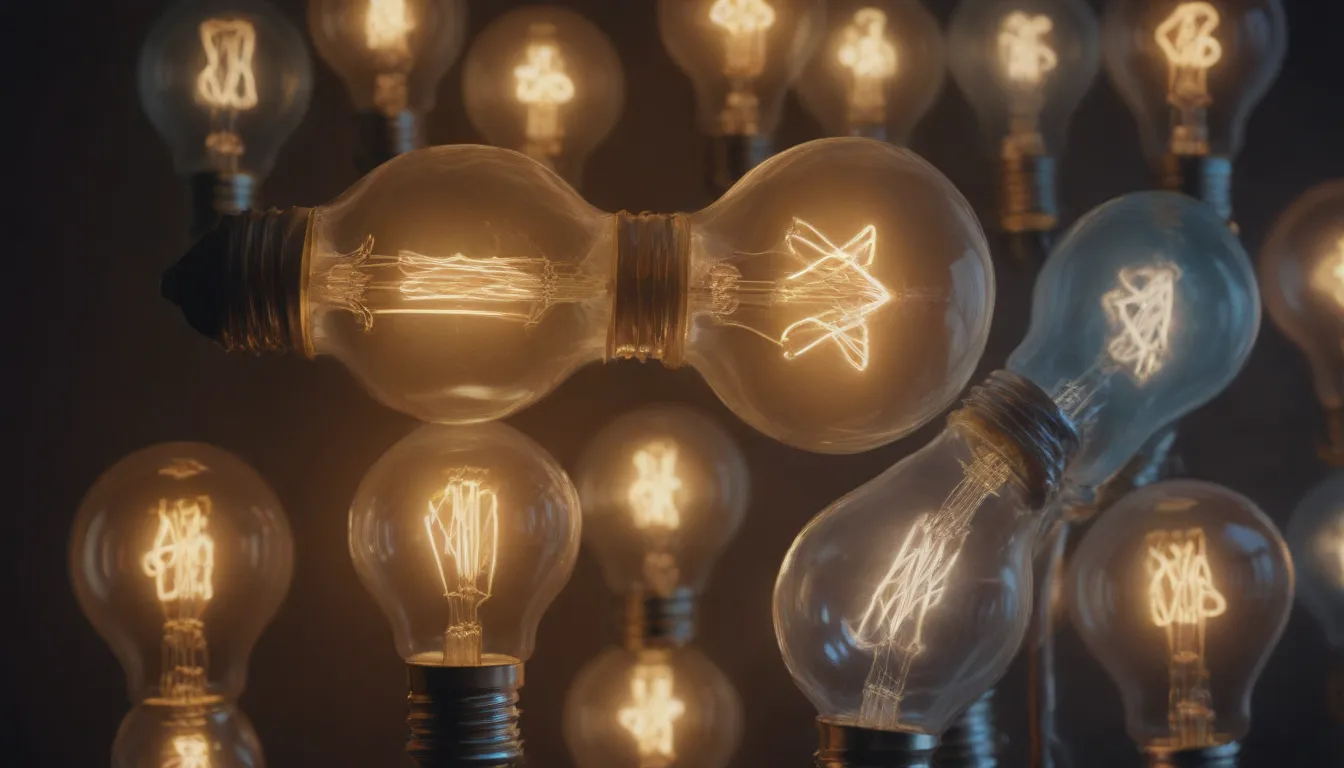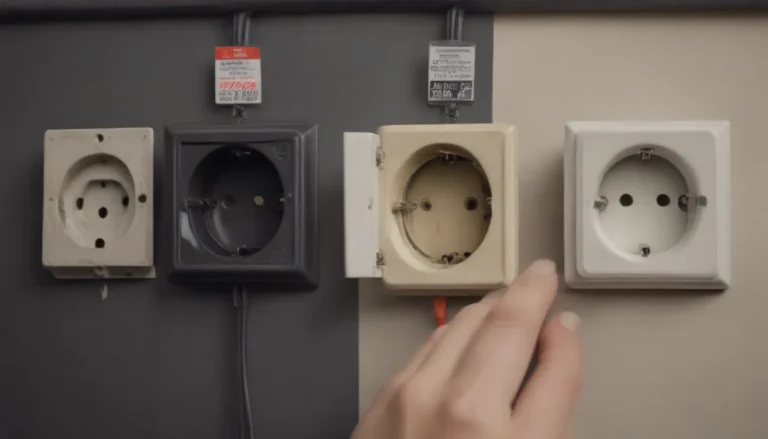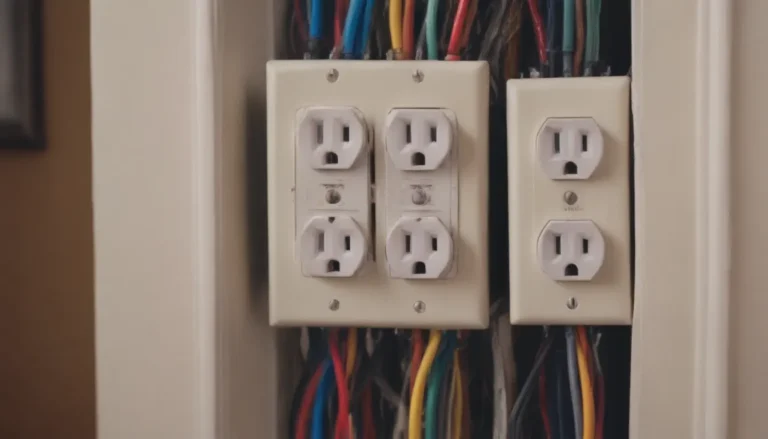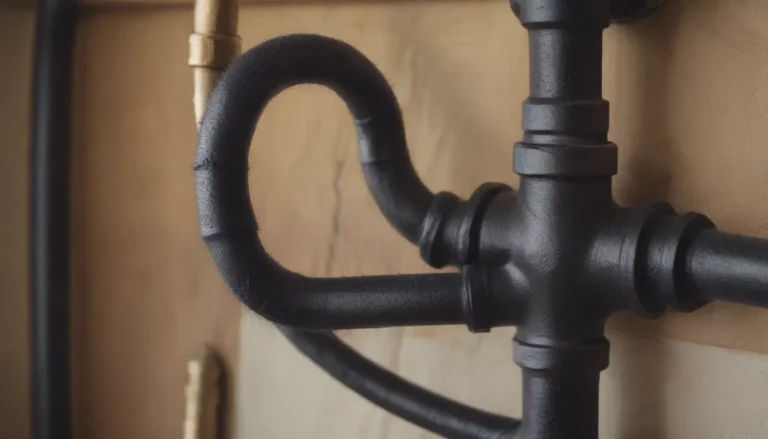How to Choose the Right Light Bulb Wattage for Your Fixture

Are you wondering, “What size light bulb can I use for my lamp or light fixture?” Finding the right wattage for your light bulb is crucial to ensure safety and prevent the risk of a fire. Let’s explore why this is important and how you can determine the maximum wattage for your fixture.
Why Wattage Matters
The wattage of a light bulb refers to the amount of power it consumes. It’s important to adhere to the maximum wattage rating specified for your fixture to prevent overheating and potential fire hazards. The maximum wattage is determined by the wiring insulation’s ability to withstand heat and the socket material’s capacity to handle power.
Why is this important?
- Prevent fire hazards
- Ensure safety and longevity of your fixtures
- Avoid damaging the wiring and sockets
How to Determine Maximum Wattage
Modern fixtures are required to have a label indicating the maximum wattage allowed. You can find this label inside the fixture when the light bulb is removed. If your fixture is older and lacks this label, it’s safer to assume it has lower heat-resistant wiring.
Tips to determine maximum wattage:
- Look for the label inside the fixture
- Assume lower wattage for older fixtures
- Do not exceed the wattage specified
Factors Affecting Maximum Wattage
The maximum safe wattage for a fixture depends on several factors, including the heat generated by the light bulb, the wiring’s heat tolerance, and the fixture’s ventilation. Fixtures with open designs, allowing heat to escape, can accommodate higher wattage bulbs compared to enclosed fixtures.
Factors affecting maximum wattage:
- Heat generation of the bulb
- Wiring insulation’s heat tolerance
- Fixture’s design and ventilation
Types of Fixtures and Wattage Limits
Different types of fixtures have varying wattage limits based on their design and construction. Open fixtures with ample ventilation can handle higher wattage bulbs compared to closed or recessed fixtures.
Fixture types and wattage limits:
- Table lamps and floor lamps: Open-top shades can accommodate higher wattage bulbs.
- Pendant lights and wall sconces: Open designs allow for higher wattage limits.
- Recessed fixtures: Airtight design restricts heat dissipation and limits wattage capacity.
Understanding “Incandescent Equivalent” Ratings
Manufacturers often include an “Incandescent Equivalent” rating on newer technology bulbs like CFLs and LEDs. This rating indicates the light output equivalent to a traditional incandescent bulb of a certain wattage. Focus on the actual wattage of the bulb rather than the equivalent incandescent wattage.
Key points about “Incandescent Equivalent” ratings:
- Focus on actual wattage of the bulb
- Equivalent rating indicates light output, not power consumption
Conclusion
In conclusion, selecting the right wattage for your light fixture is essential for safety and optimal performance. Always adhere to the maximum wattage rating specified for your fixture and choose bulbs that do not exceed this limit. Consider the heat generation of different types of bulbs, with LEDs being the coolest and halogens emitting the most heat. By following these guidelines, you can ensure a well-lit and safe environment in your home or workspace.





